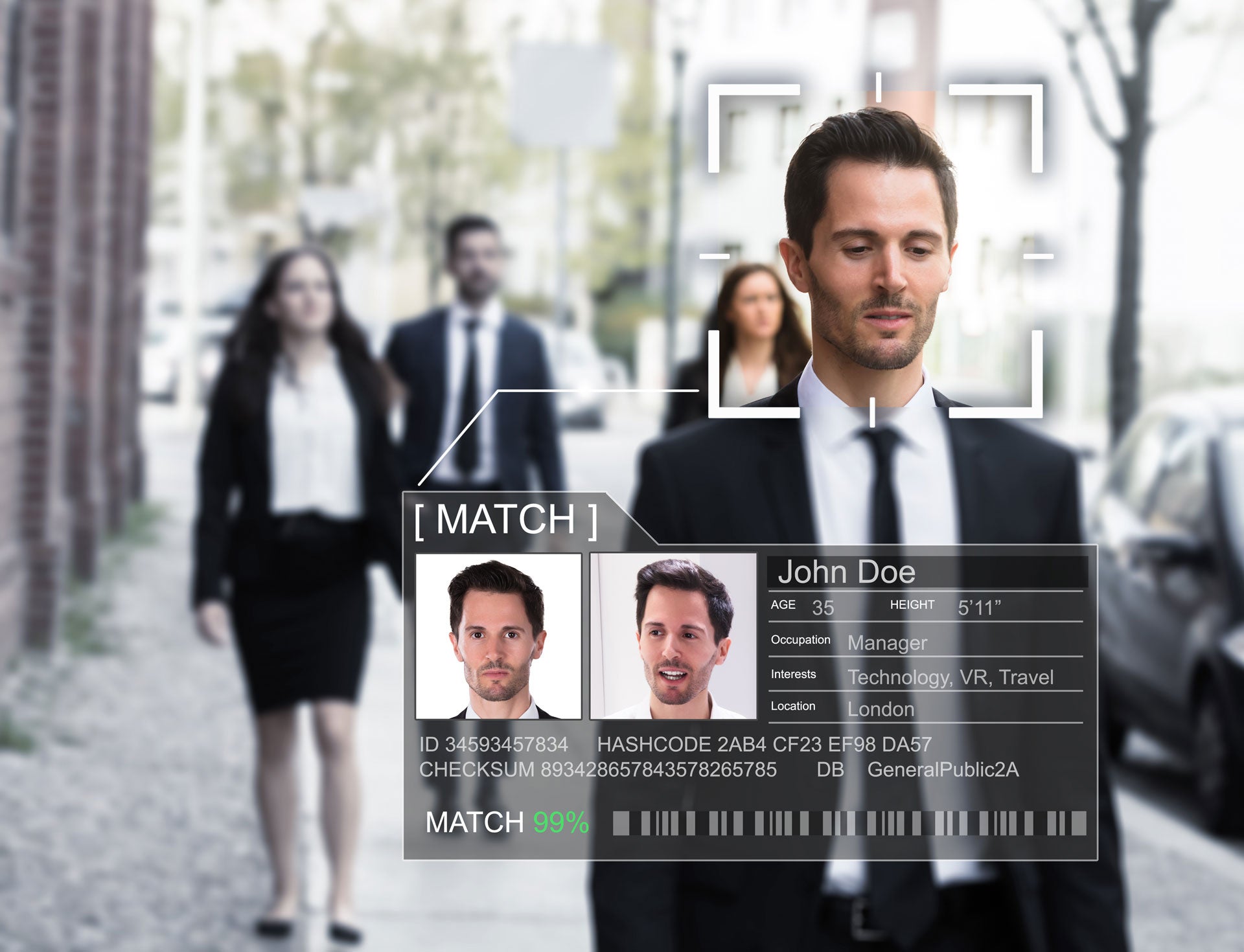
Researchers at the University of Surrey have developed a deep neural network that could help improve accuracy levels of facial recognition.
Launched at the International Conference on Computer Vision in Seoul, South Korea, researchers from the Centre for Vision, Speech and Signal Processing have developed a system called OSNet that they say has “outperformed many popular identification systems already in use”.

Access deeper industry intelligence
Experience unmatched clarity with a single platform that combines unique data, AI, and human expertise.
For facial recognition to work, algorithms must be taught to recognise faces from a database of images, and then differentiate between them based on their geometry.
According to the US National Institute of Standards and Technology, the failure rate (i.e misidentifying faces) for facial recognition systems dropped from 4% in 2014 to 0.2% in 2018.
However, due to algorythms being trained using a disproportionate number of images showing white faces, systems are less accurate when it comes to identifying non-white faces.
Furthermore, according to campaign group Big Brother Watch, South Wales Police, which has been trialling the use of facial recognition technology, incorrectly identified people 91% of the time when automated facial recognition was used. Therefore, it is evident that high levels of accuracy are essential if the technology is to be deployed.

US Tariffs are shifting - will you react or anticipate?
Don’t let policy changes catch you off guard. Stay proactive with real-time data and expert analysis.
By GlobalDataThis has proved challenging as AI needs to be able to identify the same person on different occasions, factoring in different light levels, poses, expressions and changes in appearance. This is known as person re-identification (ReID).
Enhancing facial recognition accuracy
However, OSNet is able to identify many small details from a suspect, such as logo on a t-shirt or the type of coat worn by the suspect.
Tao Xiang, Distinguished Professor of Computer Vision and Machine Learning at CVSSP, explains that the system has already outperformed its counterparts:
“With OSNet, we set out to develop a tool that can overcome many of the person re-identification issues that other set-ups face – but the results far exceeded our expectations. The ReID accuracy achieved by OSNet has clearly surpassed that of human operators.
“OSNet not only shows that it’s capable of outperforming its counterparts on many re-identification problems, but the results are such that we believe it could be used as a stand-alone visual recognition technology in its own right.”
Furthermore, OSNet needs 2.2 million parameters, a very small number when it comes to deep neural network models, and less than ResNet50 infrastructure, which many facial recognition systems use, that uses 24 million parameters. This means that it could run on the camera itself, rather than requiring a remote data centre.
Professor Adrian Hilton, Director of CVSSP, said:
“This is a considerable achievement of Prof Xiang and his team in achieving world-leading re- identification technology. Their work on OSNet has the potential to be ground-breaking and could help shape the visual recognition field for years to come. This is a great example of AI and Machine Perception for the benefit of society providing enabling technology for safer public spaces.”
Read More: Facial recognition software ban hits California police.







